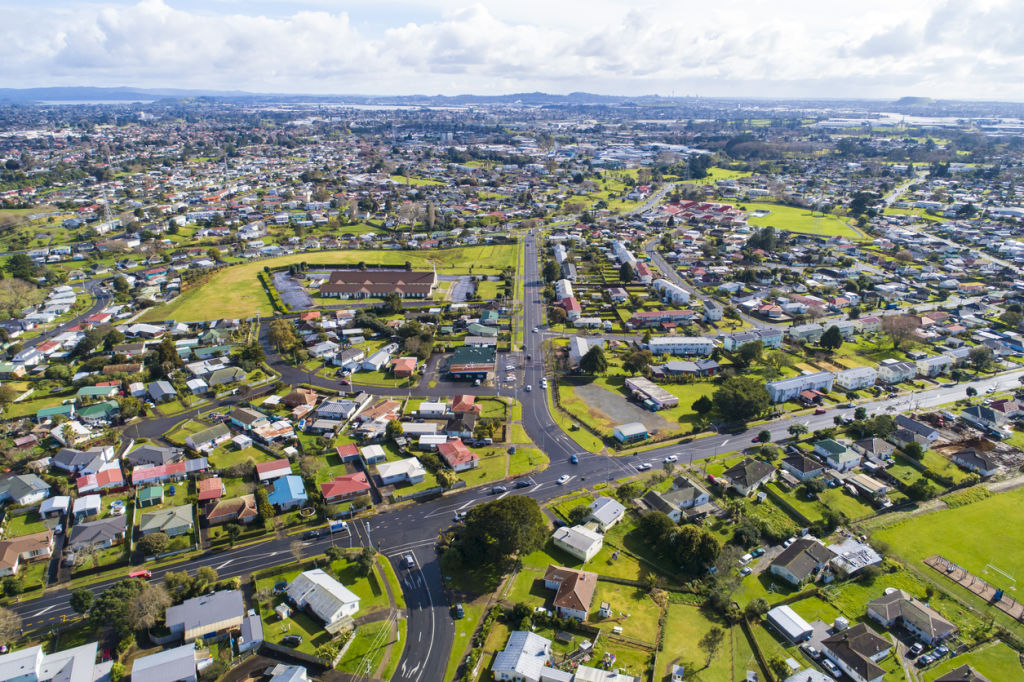Two-thirds of property investors make the mistake of buying in their own backyard

The majority of mum and dad investors buy their investment properties in the suburb in which they live, costing them more money and potentially the country’s economy too, according to a new report.
As the old adage goes: location is everything in real estate. But these investors may be getting the location wrong.
Data compiled from 1.15 million residential mortgage applications between 2003 and 2009 was analysed by University of Tasmania economics lecturer Dr Maria Yanotti and University of Sydney finance lecturer Danika Wright.
They found two-thirds of Australians buying an investment property picked one close to where they live, rather than in another location that could outperform their home town in the long run, the report found.
“The data was quite revealing in terms of preferences of investors. [There was a clear] home bias – or home advantage – [that is] the preference of investing in the same suburb as the investor resides,” Dr Yanotti said.
“The explanation for that home bias … is a familiarity bias, lack of sophistication, knowledge or education and momentum behaviour.”
The report authors found that proximity was also an opportunity for property investors to cut down on time and effort, with a fifth of investors self-managing their properties.
Dr Yanotti said “home bias” was well-documented in other asset classes, including shares, superannuation and bond.
She said investors had a natural proclivity to own and invest in assets they felt confident in understanding or knowing.
“The problem is housing assets are one of the biggest assets,” Dr Yanotti said. “By having all your assets in the same geographical location, the risks are much higher.”
She said the strategy – which amounts to putting all the eggs in one basket – was not only a higher risk for the individual investor but also the broader economy itself during a downturn like the country had recently experienced.
“It can have systemic effects in the macroeconomy and the financial system,” Dr Yanotti said.
“Sixty or 70 per cent of property is held with a mortgage, so that means the bank is guaranteeing the property, so it is generating risk in the market.
“It has a contributing effect [to the downturn], but it’s not the main cause.”
The report also found the inclination to invest in property close to home meant investors were paying a lot more to own a second or third property in the same postcode.
“We found, to our surprise, that investors who invest in their own area pay much higher prices, although we don’t control for the quality of the house,” Dr Yanotti said.
“We argue that they may not be getting the highest return. They’re over-confident of their local area, and that’s where the home bias comes in.”
The report’s authors said education, knowledge and sophisticated investments were the best ways to diversify a property portfolio and mitigate the risk of investing in your own backyard.
We recommend
States
Capital Cities
Capital Cities - Rentals
Popular Areas
Allhomes
More










